Are you ready to embark on a sea survival course that will equip you with the essential skills to stay safe in the open waters? Discover the techniques and knowledge that will make all the difference in critical moments.
From understanding survival equipment to navigating through challenging waters, this course will provide you with the necessary tools to face any marine emergency head-on. Learn how to master emergency communication and execute safe rescue operations with confidence.
But it doesn’t stop there. This course also focuses on developing your psychological resilience, preparing you mentally for the unexpected.
So, whether you’re a sailor, a fisherman, or simply someone who loves the ocean, join us in gaining the vital skills needed to face the unpredictable nature of the sea.
Understanding Survival Equipment
Do you know how to properly use the survival equipment provided in a sea survival course?
Understanding survival equipment is crucial for your safety in emergency situations at sea. The selection of the right equipment is essential to ensure that you’re adequately prepared to handle any unforeseen circumstances. Proper maintenance of this equipment is equally important to ensure its functionality when you need it the most.
Survival equipment selection involves considering the specific needs of your environment and the type of emergency you may encounter. Life jackets, for example, should be chosen based on their buoyancy and fit. A personal locator beacon is another vital piece of equipment that can aid in your rescue. It’s important to choose a device that has a long battery life and is easy to use.
Equally important is the proper maintenance of your survival equipment. Regular checks should be conducted to ensure that all devices are in working order. Inspect life jackets for any signs of wear and tear, and replace them if necessary. Keep your personal locator beacon clean and ensure that the battery is charged. By following these maintenance practices, you can be confident that your survival equipment will function effectively in an emergency.
Understanding survival equipment selection and the importance of proper maintenance are key components of a sea survival course. By mastering these skills, you increase your chances of survival and can confidently navigate through challenging situations at sea.
Navigating in Challenging Waters
To navigate in challenging waters during a sea survival course, you must rely on your understanding of survival equipment and apply it with precision and confidence. Navigating techniques play a crucial role in ensuring your safety and reaching your destination.
When dealing with dangerous currents, it’s essential to have a clear understanding of how they can affect your course. Currents can be unpredictable and powerful, so it’s important to stay informed about their patterns and strengths. One effective technique is to use landmarks as reference points to gauge your position and progress. By identifying key features on the shoreline or using navigational aids, you can establish a reliable frame of reference.
Additionally, understanding the principles of dead reckoning and using a compass can help you navigate accurately, even in challenging conditions. It’s important to anticipate potential obstacles and adjust your course accordingly. Always maintain situational awareness and be prepared to adapt your navigation plan as required.
Mastering Emergency Communication
Master emergency communication skills to effectively communicate and coordinate with rescuers during a sea survival course.
In emergency situations at sea, effective distress signaling and emergency radio communication are crucial for ensuring a timely and successful rescue.
Distress signaling is an essential skill that allows you to attract the attention of potential rescuers. The International Code of Signals provides a standardized system of visual and audio signals that can be used to indicate distress. These signals include using flares, flags, smoke, and sound signals such as a whistle or horn. Understanding and being able to use these signals correctly can significantly increase your chances of being noticed and rescued.
Emergency radio communication is another critical skill to master. Having access to a marine VHF radio enables you to communicate directly with rescue authorities or nearby vessels. During a sea survival course, you’ll learn how to operate a radio, use the correct emergency channels, and transmit distress messages effectively. It’s essential to remain calm and provide accurate information about your location, the nature of the emergency, and the number of people involved.
Techniques for Safe Rescue Operations
How can you ensure safe rescue operations during a sea survival course? It’s crucial to learn and practice effective rescue techniques and survival strategies.
When participating in a sea survival course, you’ll be taught various methods to safely rescue individuals in distress and ensure their survival. One of the key rescue techniques you’ll learn is the proper use of rescue equipment such as life rafts, life jackets, and rescue ropes. These tools enable you to safely reach and retrieve individuals in the water.
You’ll also learn how to perform different types of rescues, including single-person and group rescues, while minimizing the risk to yourself and the person being rescued. In addition to rescue techniques, you’ll be taught survival strategies that can help increase the chances of successful rescue operations. These strategies include maintaining constant communication, using visual aids to attract attention, and conserving energy and resources while awaiting rescue.
Developing Psychological Resilience
Develop a strong mindset to overcome challenges and maintain mental resilience during a sea survival course. Building mental toughness is crucial when coping with extreme conditions at sea. In these courses, you’ll face various scenarios that test your physical and mental limits.
To develop psychological resilience, you must learn to adapt and stay focused in challenging situations. The ability to remain calm and composed under pressure is paramount. By practicing mindfulness techniques, such as deep breathing and visualization, you can regulate your emotions and stay mentally strong.
Additionally, setting realistic goals and breaking them down into smaller, manageable tasks can help you maintain motivation and a positive mindset. It’s important to remember that setbacks are part of the learning process, and developing resilience means bouncing back from these setbacks and continuing to strive for success.
Conclusion
In conclusion, by completing a sea survival course, you have acquired essential skills to confront the unpredictable challenges of the open waters. You now understand survival equipment, can navigate in challenging waters, and have mastered emergency communication.
Additionally, you have learned techniques for safe rescue operations and developed psychological resilience. With these skills, you’re equipped to face any maritime emergency with confidence and authority.
Remember, the sea is unforgiving, but you’re now prepared to conquer its trials.

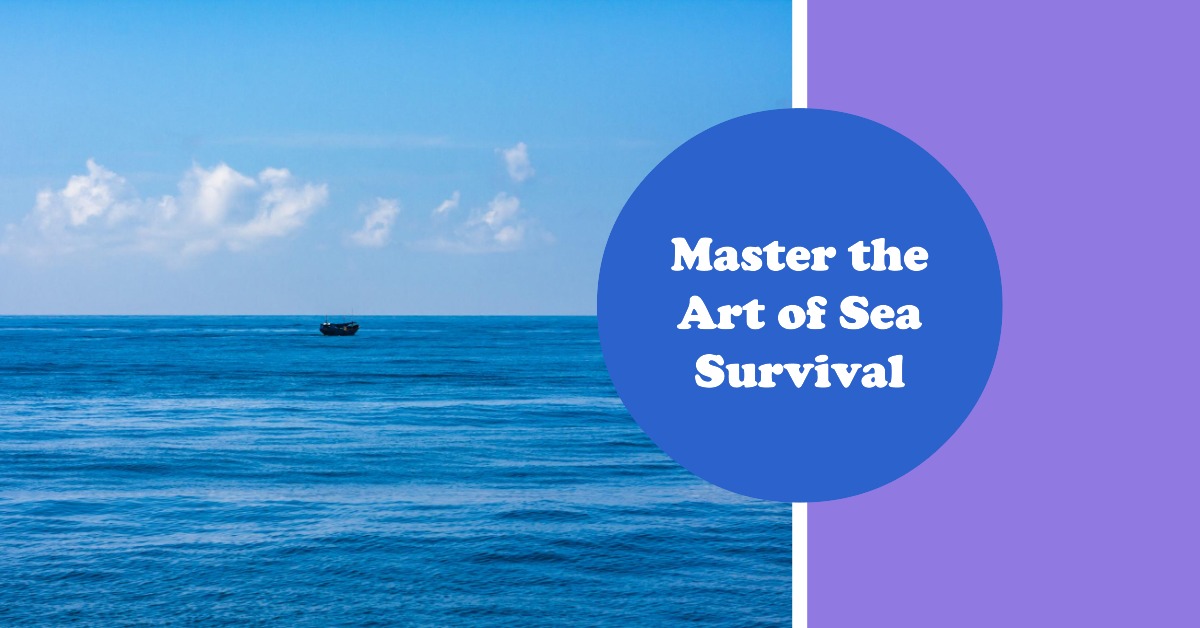
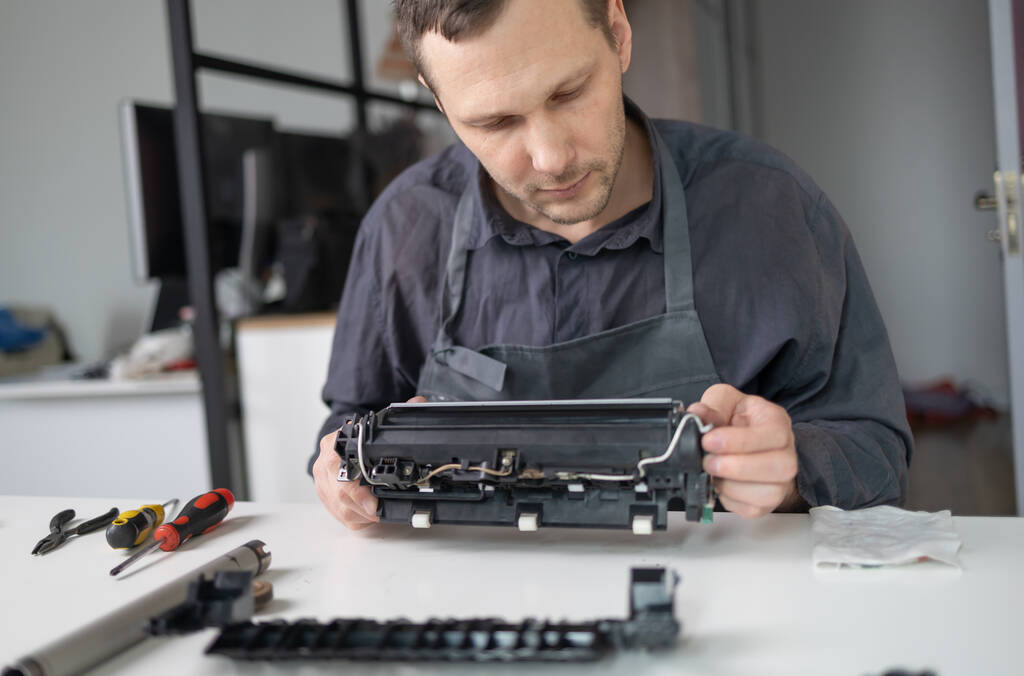




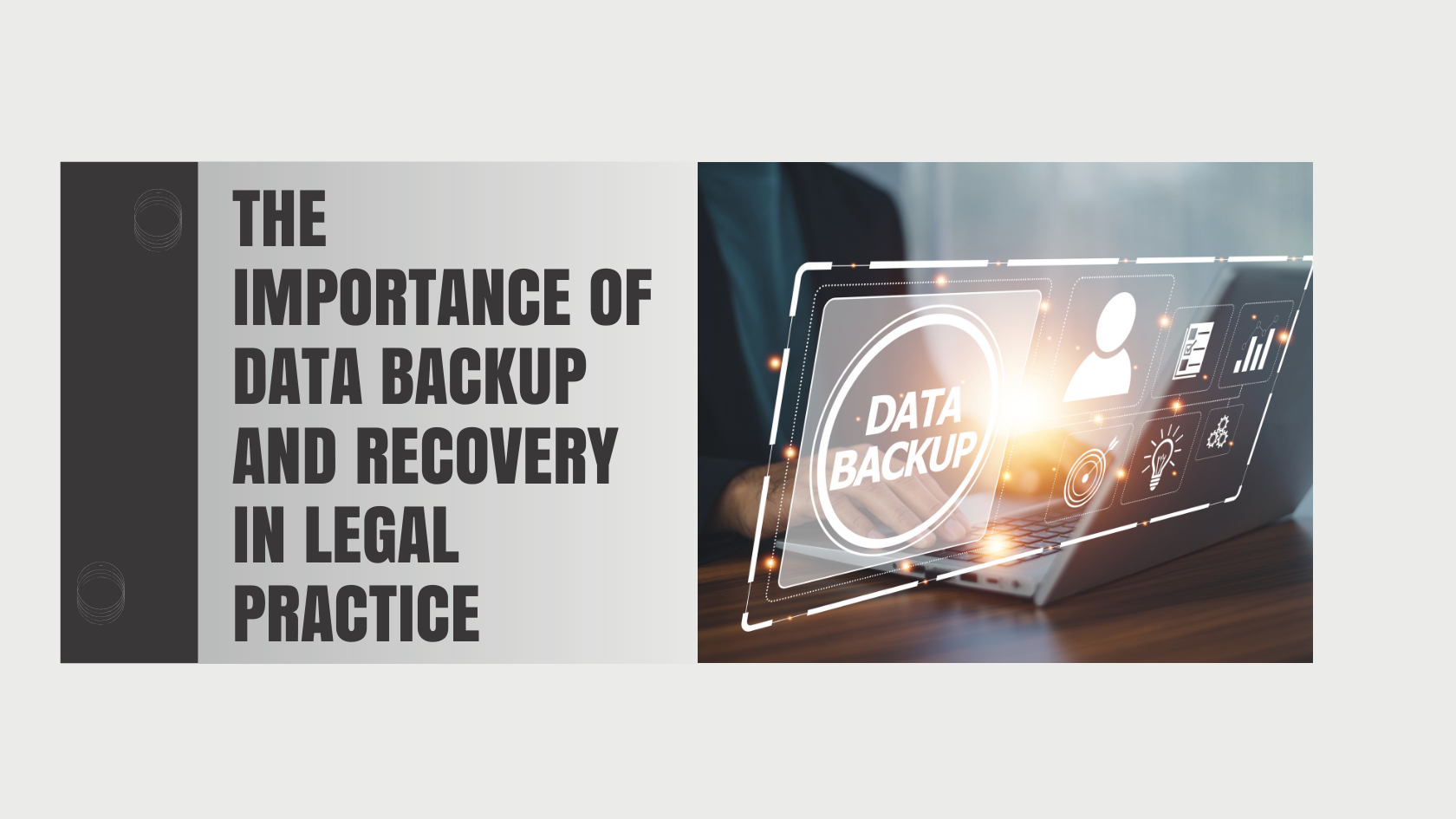


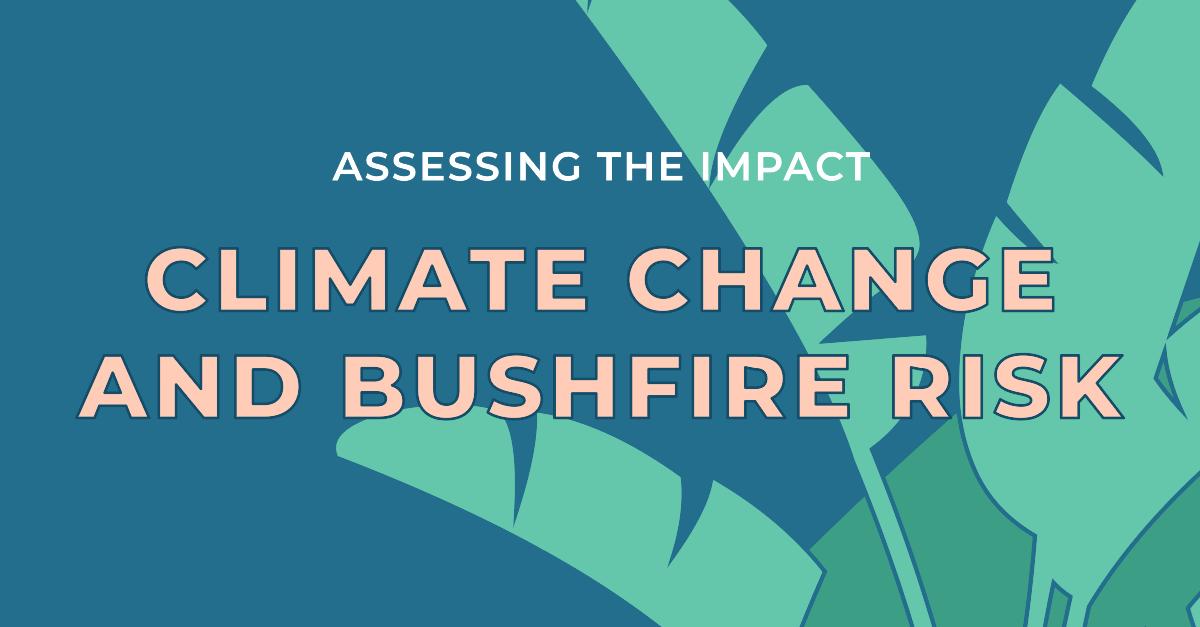














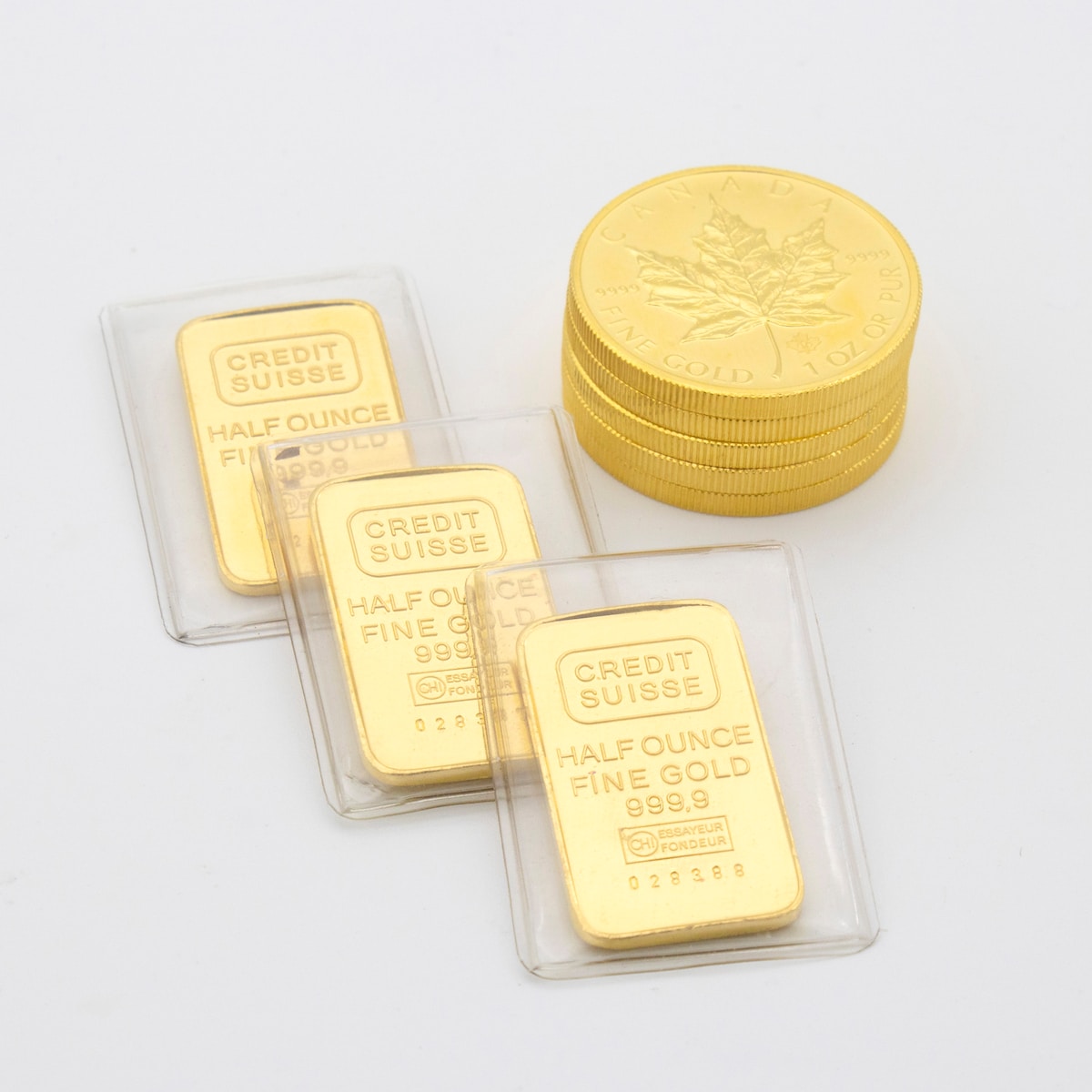
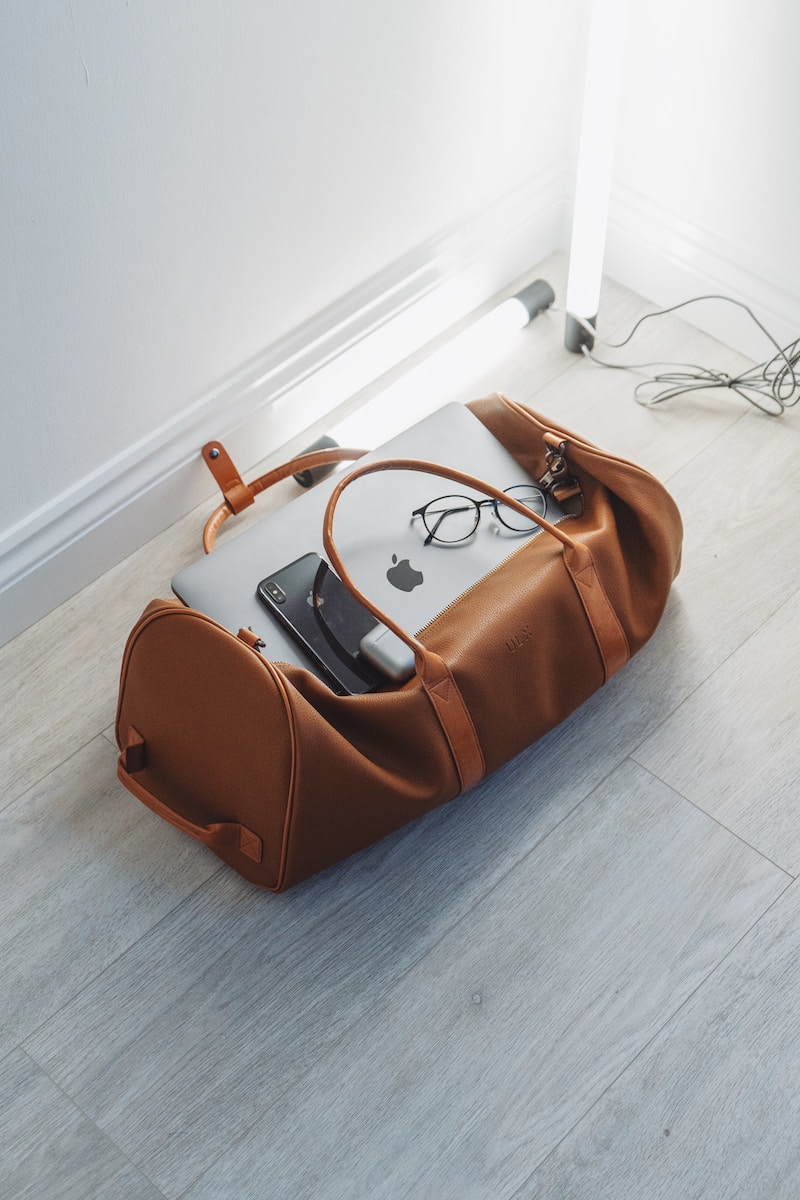


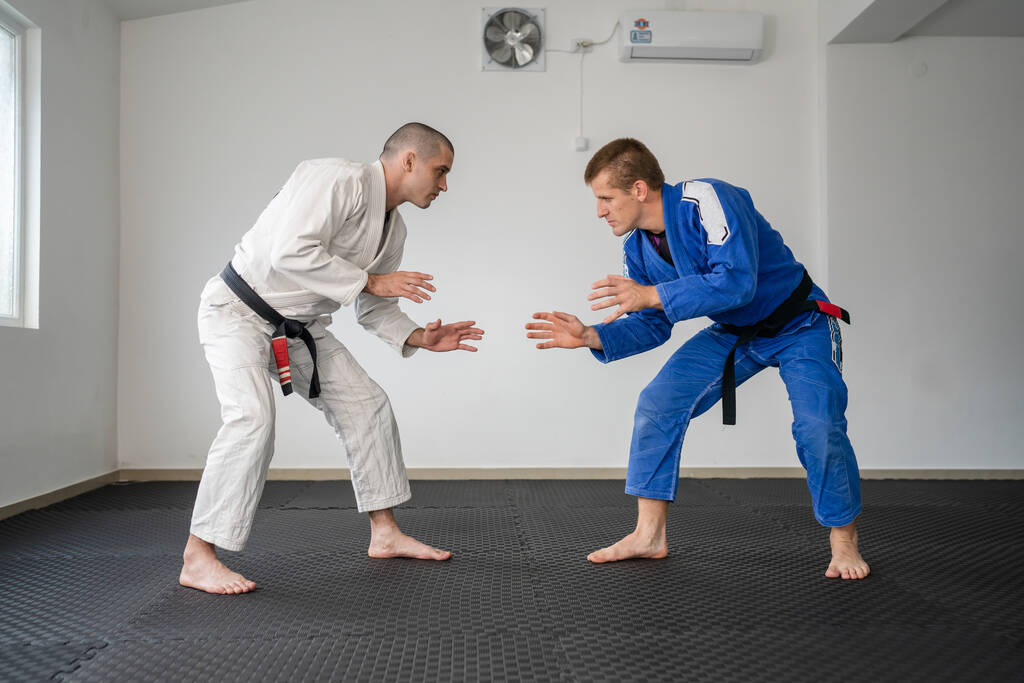

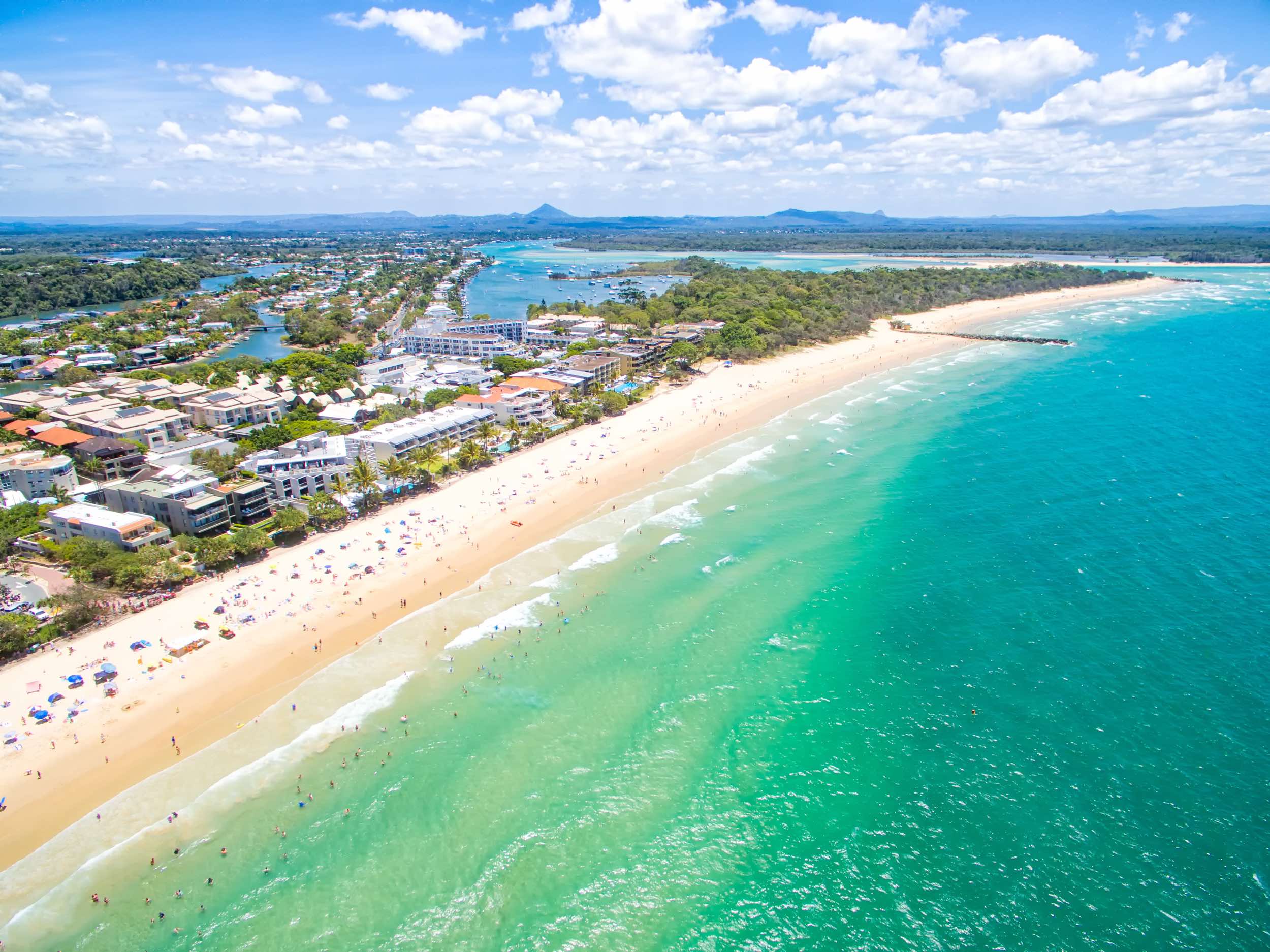









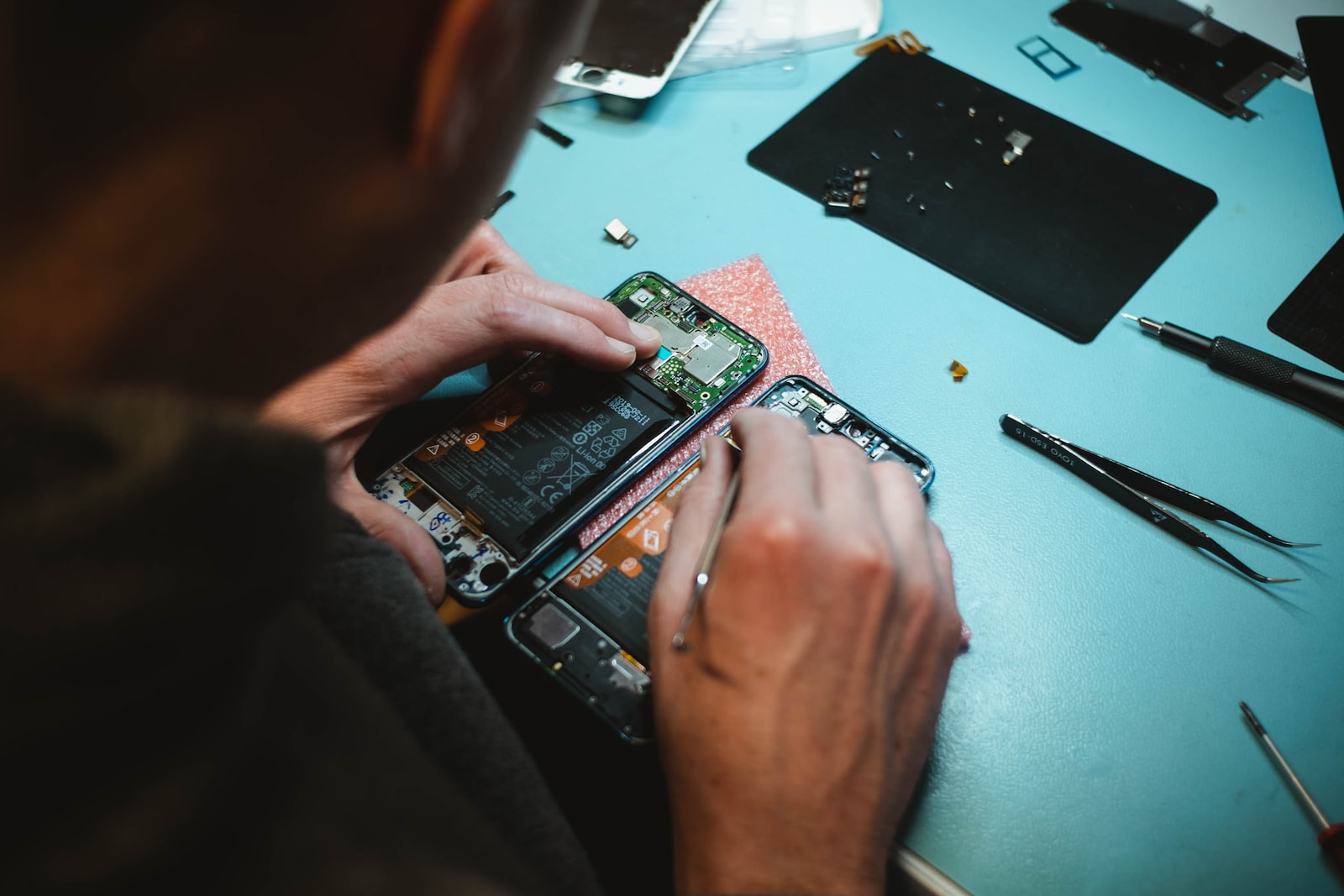









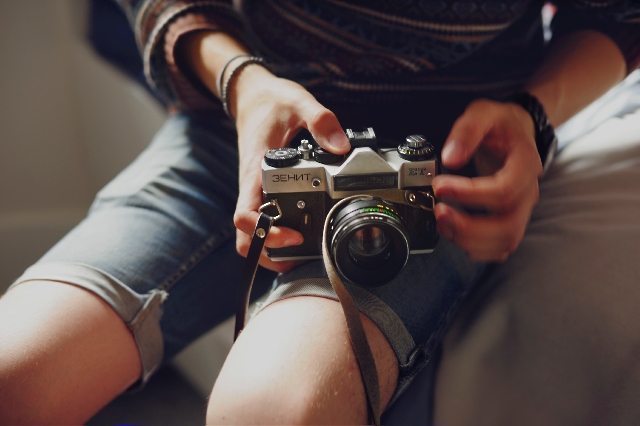







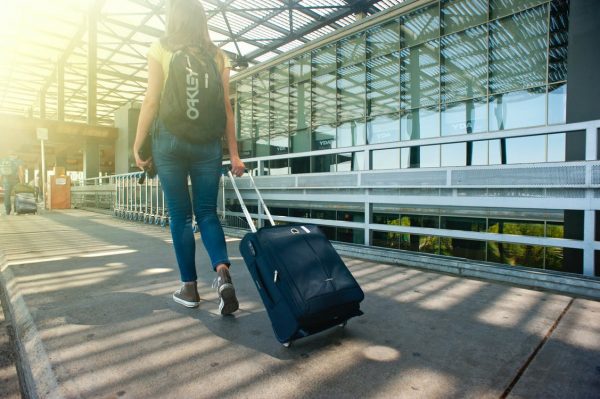

















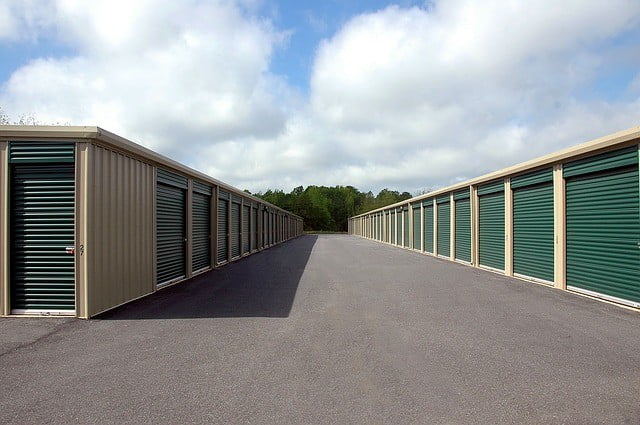


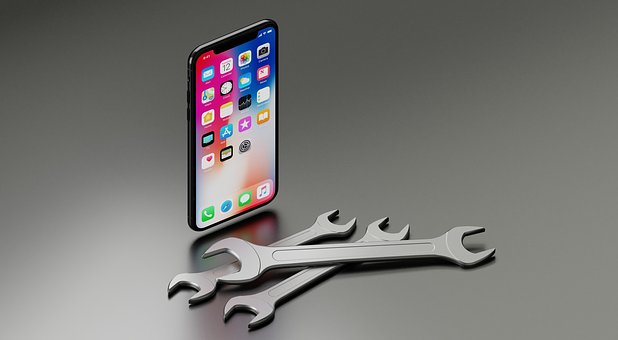
0